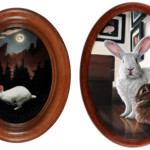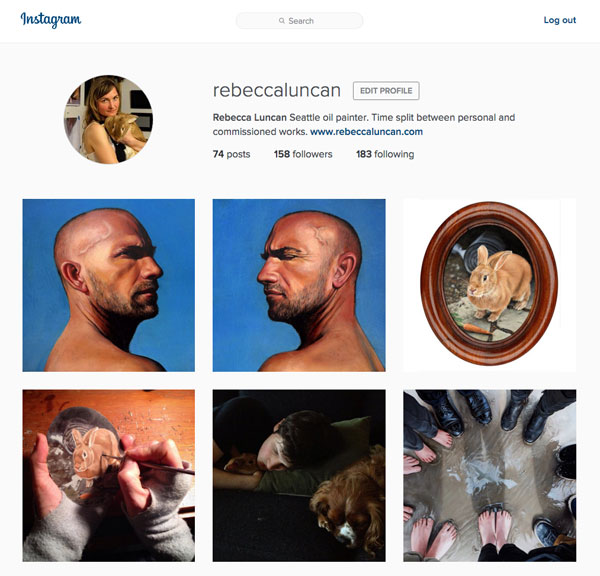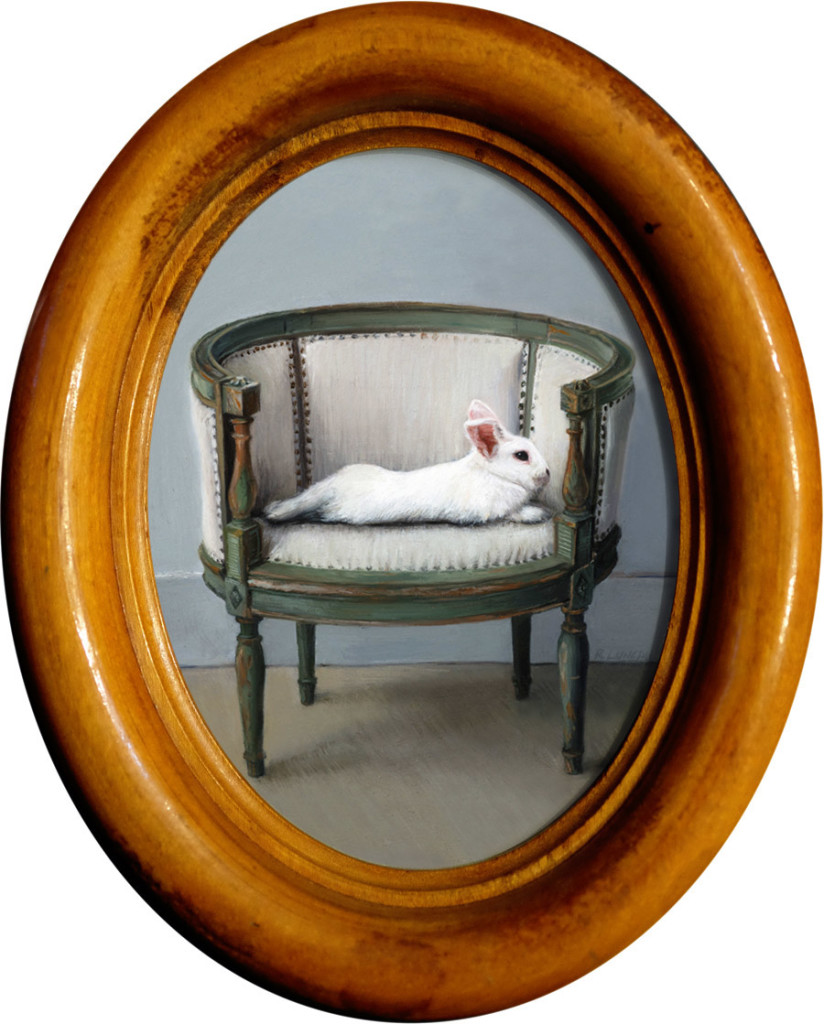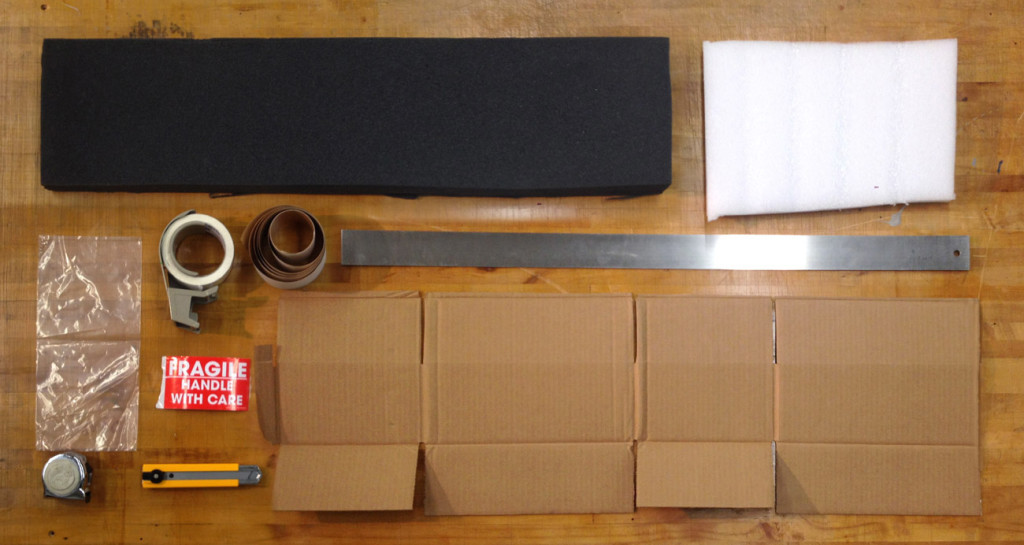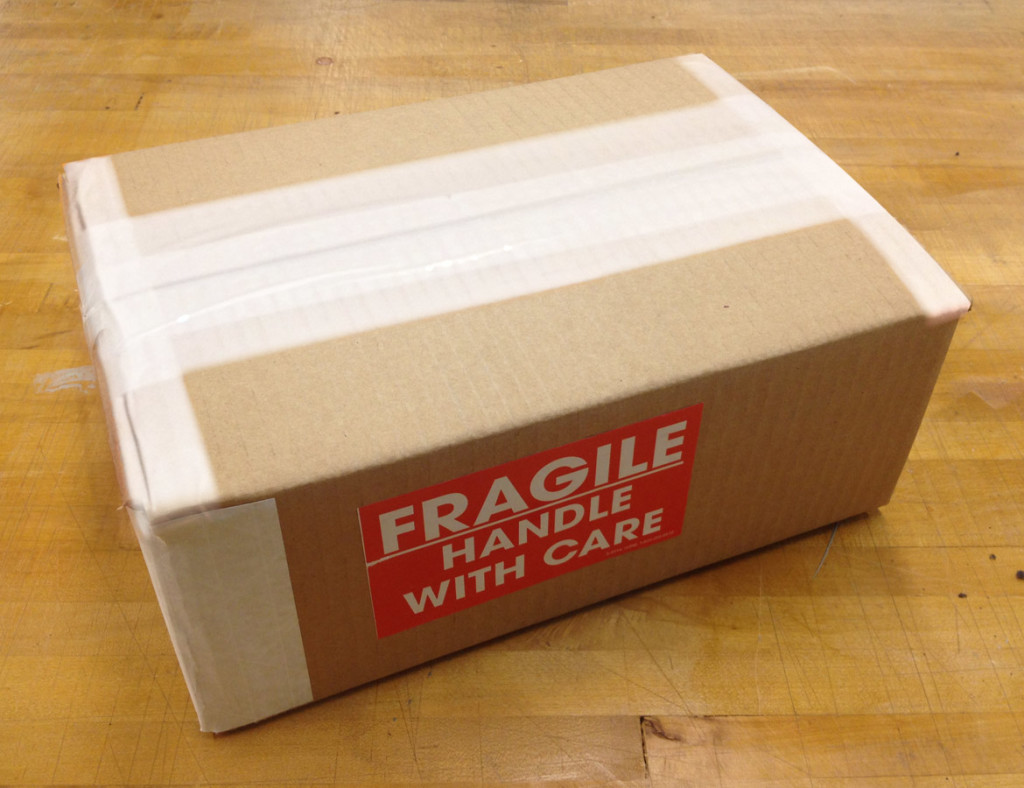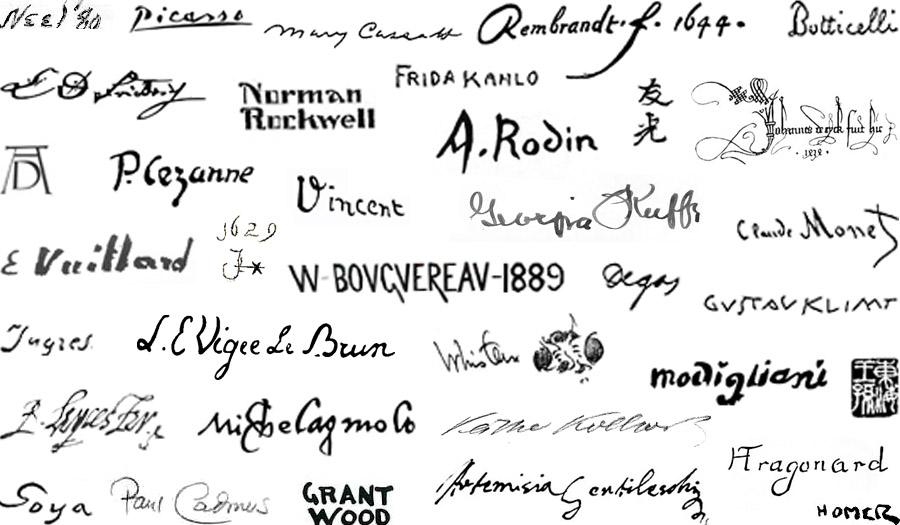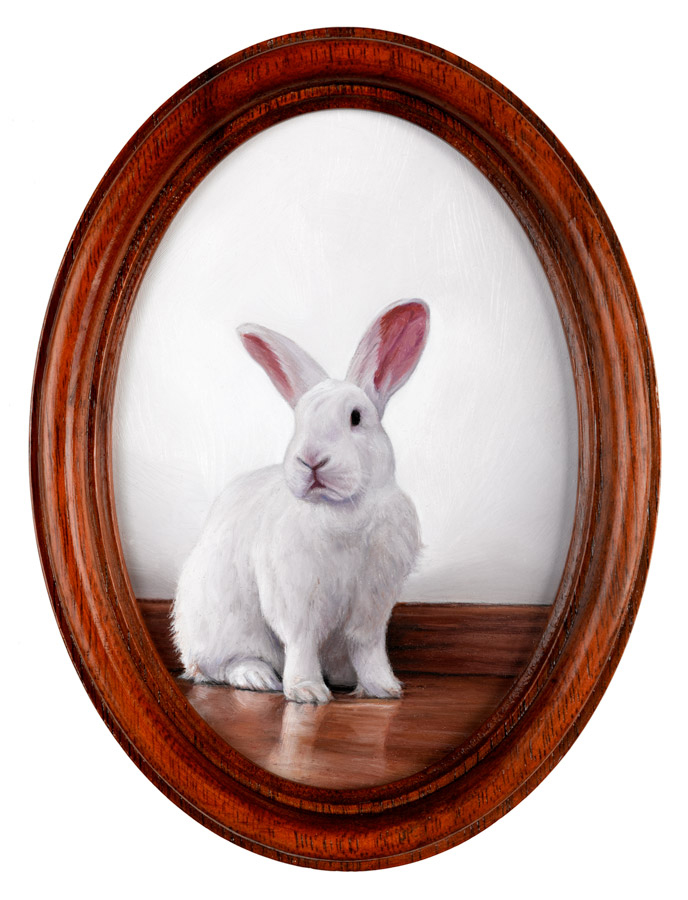
Monthly Miniatures – Rabbits
Planning and promoting artwork: strategies that helped me focus and make decisions in 2015
In 2015 I made a big push to get my art out into the world, and my approach to both making and selling art is more structured than ever before. In the studio, I have been planning and tracking what I’m working on more than ever before. As for selling, I began to promote my art across several channels, all new in 2015: this blog, a newsletter, Instagram, Facebook, and several non-digital efforts.
In this three-part series, I’d like to talk about how these strategies have worked throughout the year, and how they all relate to help my achieve my artistic goal: make good paintings and make a living doing what I love.
Scheduling, deadlines, and staying motivated
In January 2015, I blocked out the entire year, month by month, to establish deadlines for each painting I wanted to finish. During the long process of completing a painting, it is easy to get sidetracked thinking about the next project. But I always love starting something new, and having a schedule in place helps me turn my excitement into motivation. So instead of being distracted by what’s next, I can really focus on finishing what’s in front of me. When I can stay motivated to finish my current work and be excited to start the next piece, then I can make a lot of art!
At the same time, I publish a newsletter each month. Since my newsletter is specifically about the work I’ve made in that month (and secondarily about blog posts I’ve written), I can’t write a newsletter without finishing the painting I’ve planned. Because people expect their newsletter each month, social expectations also help stay accountable and motivated to keep up with my schedule.
Rabbits! A strategy for audience engagement
It takes a tremendous amount of time to put together an art show, thousands of hours over the course of several months or even years. And between shows, people forget your name! I really wanted people to see my work on a more regular basis and I needed some regular structured deadlines, so I started my first Monthly Miniature series. I love miniature paintings, and the idea was to make smaller works more often, so I could share them on my newsletter and social media.
My first Monthly Miniature was my studio rabbit Eleanor, but I had not planned to keep painting rabbits. I soon realized there was a real advantage in sticking to one particular theme. A focused theme for the series help me push myself to developed the series in a deeper way and it also makes it easier for you to look at my work as a whole and understand where I’m coming from. When I showed my (often already sold) painting to people and they were interested, I could refer them to the Newsletter, where they would see next month’s rabbit miniature before anyone else.
Featuring the same subject each month also helped me connect with my audience over time. People actually got to know my rabbits and care about them. I keep in touch with my core audience via my newsletter, where I like to share a little bit about what goes on around the studio. I talk briefly about my life, show off my recent work, and always share a little bit about the rabbits. I love it when people respond to the newsletter and we can start a conversation. If I painted and talked about something different each month, people could not connect the same way with my work.
The layers of my art-making cake
Each rabbit miniature takes a little over a week of my art-making schedule. I love painting Charlie and Ellie, and because of the nature of the series and the way I’ve planned them, they’re getting the most public attention right now, especially in my newsletter. I do however, spend more of my painting time keeping up with commission orders, which typically take three weeks or more and working little by little on the larger figurative paintings that help me explore and develop my art.
It helps to have clear priorities for when my schedule becomes tight (and it’s always tight!). I try to start my commissions early so I have a good idea of how long they will take me (every painting is a new challenge). The firmest deadlines come first, so finishing commissions on time is top priority, followed publication deadlines: Monthly Miniatures, blog and newsletter articles. Finally when I have time left over, my original figurative works get some attention.
Leaving time for reflection, and recording progress
Looking back it’s clear, if it doesn’t have a deadline, it doesn’t get done around here, so planning ahead is pretty important. But it’s not possible to plan perfectly, so some flexibility is necessary. It can be tough to be flexible without losing respect for deadlines. It helps to actually set aside time to think about what’s working and what’s not, to recognize that the deadlines are important, but what ultimately matters is the greater goal. It is important to set aside time to reflect and formally revise plans.
To reflect effectively about what happened, it really helps to know what did happen. That is why I record my time for everything I work on. I might go into detail on that in the future, but basically I write down the hours I work on each given project. It is hard to understand why that is important without actually doing it, but not only does it give me information about what I have done, it helps teach me how to better plan in the future. Without that experience, it would be impossible for me to know, for instance, whether I can finish a last-minute commission by Christmas (when it’s already October).
My reflections on 2015’s art-making plans
2015 was a great year, and I met a lot of goals. I did a lot of painting, including several great commissions, and expanded my audience. I finished every painting that I built into my original timeline, and I even finished a few small experimental paintings. But the larger figurative paintings that I feel are so important to my work and my career, because they were not scheduled with a firm deadline, always got put off so that during 2015, I finished exactly one!
2016 will be a very busy year for me. I have another series of Monthly Miniatures planned, as well as an almost-full schedule of commissions. But it is really critical that I finish some of the larger figurative works left on the back-burner from last year, because in art it is very important to get recognition: articles, awards, and shows or representation. The majority of my work could not be shown last year: both commissions and Monthly Miniatures get sent off to their owners as soon as they are done and photographed.
Having built up a modest audience this year, it is time to work towards some shows and awards. This year two new strategies will help me do that. First, I will collect the new Monthly Miniatures and show them all together, before sending them to their owners. And since I find it is critical to set deadlines for those larger works, I built larger gaps into my commission schedule this year and bookended them with deadlines for large figurative paintings!

Part 2 of 3: Communication

Part 3 of 3: Selling Artwork


